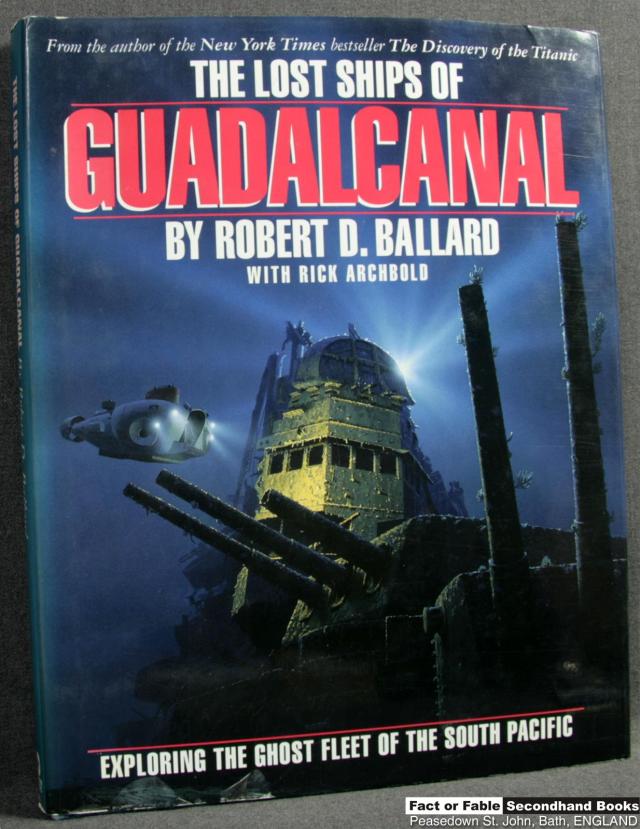The Lost World Of The Amazon by Franz Eichhorn lands on the shelves of my shop.
The Travel Book Club, 1955, Hardback in dust wrapper.
Illustrated by way of: Black & White Photographs; Maps [1];
From the cover: THIS is the thrilling story of the making of one of the most brilliant documentary films Franz Eichhorns famous expedition into the Green Hell of the Amazon.
It is a story of skill, doggedness and tremendous endurance. After a first attempt during which one of their party died, the team managed to drag their heavy equipment through tangled forest and over a lacework of rivers and primeval swamps, fighting fever and intense heat, until their work was complete: an unforgettable record of nightmarish beasts and strange people.
Under enormous difficulties the expedition succeeded in taking the first underwater shots of the notorious cannibal fish, the piranha. In the River of a Thousand Crocodiles, they filmed the giant jacares; in the jungles of Altamira they found the last survivors of a white-skinned Indian race. A successful hunt for the zoological monster the butterfly with the crocodile head suddenly changed to high drama in a life-or-death struggle with a giant anaconda.
Franz Eichhorn is justly world-famous for his documentary work. His expedition deep into the Amazon resulted in cinema history, permanent and astounding proof of this mysterious, terrifying, lost world where time has truly stood still.
Very Good in Good Dust Wrapper. Unlaminated dust wrapper a little edgeworn and faded with a little fraying at the spine ends and corners. The pages are somewhat tanned, if tight, and a little musty.
Red boards with Black titling to the Spine. 188 pages. 8¾” x 5¾”.
Of course, if you don’t like this one there are plenty more available here!



